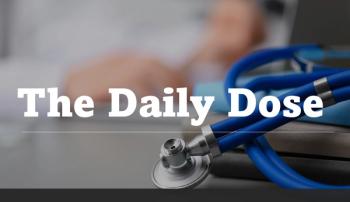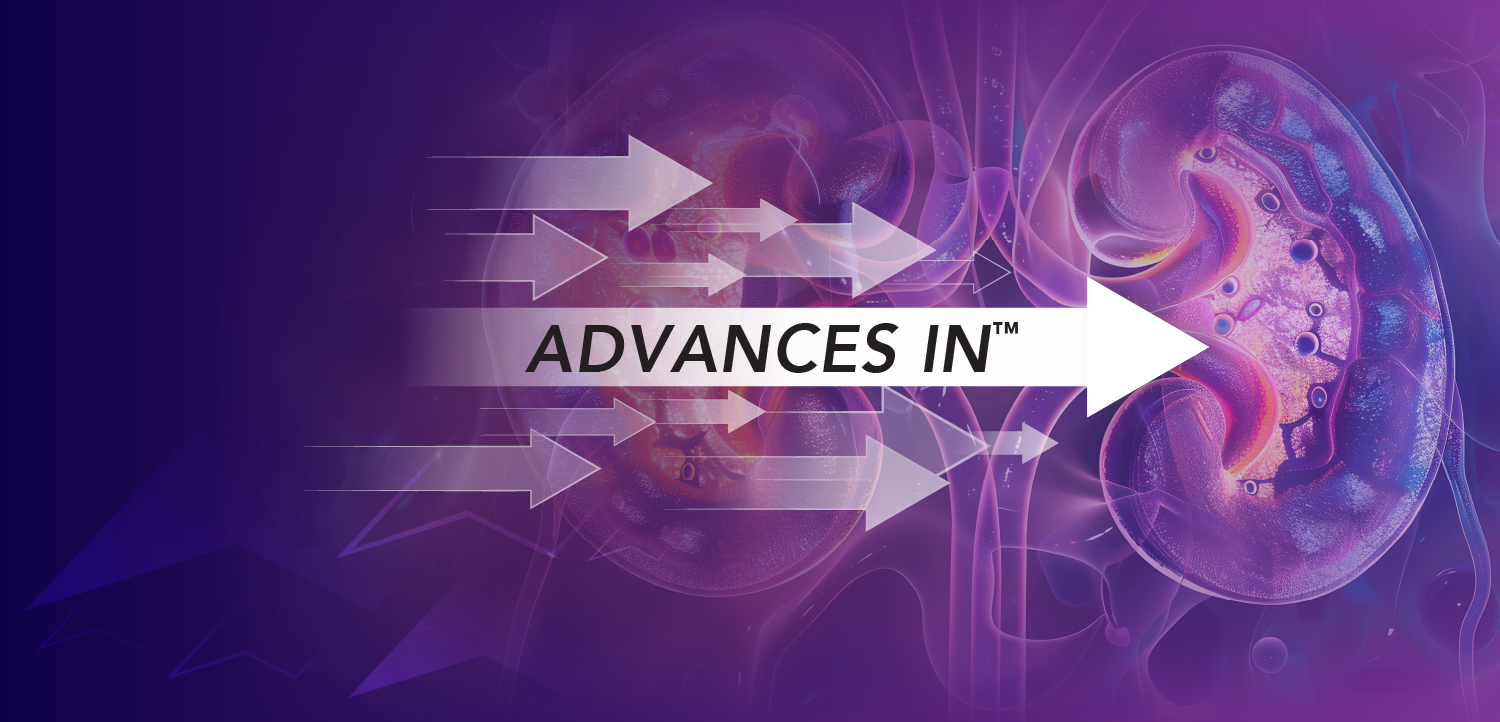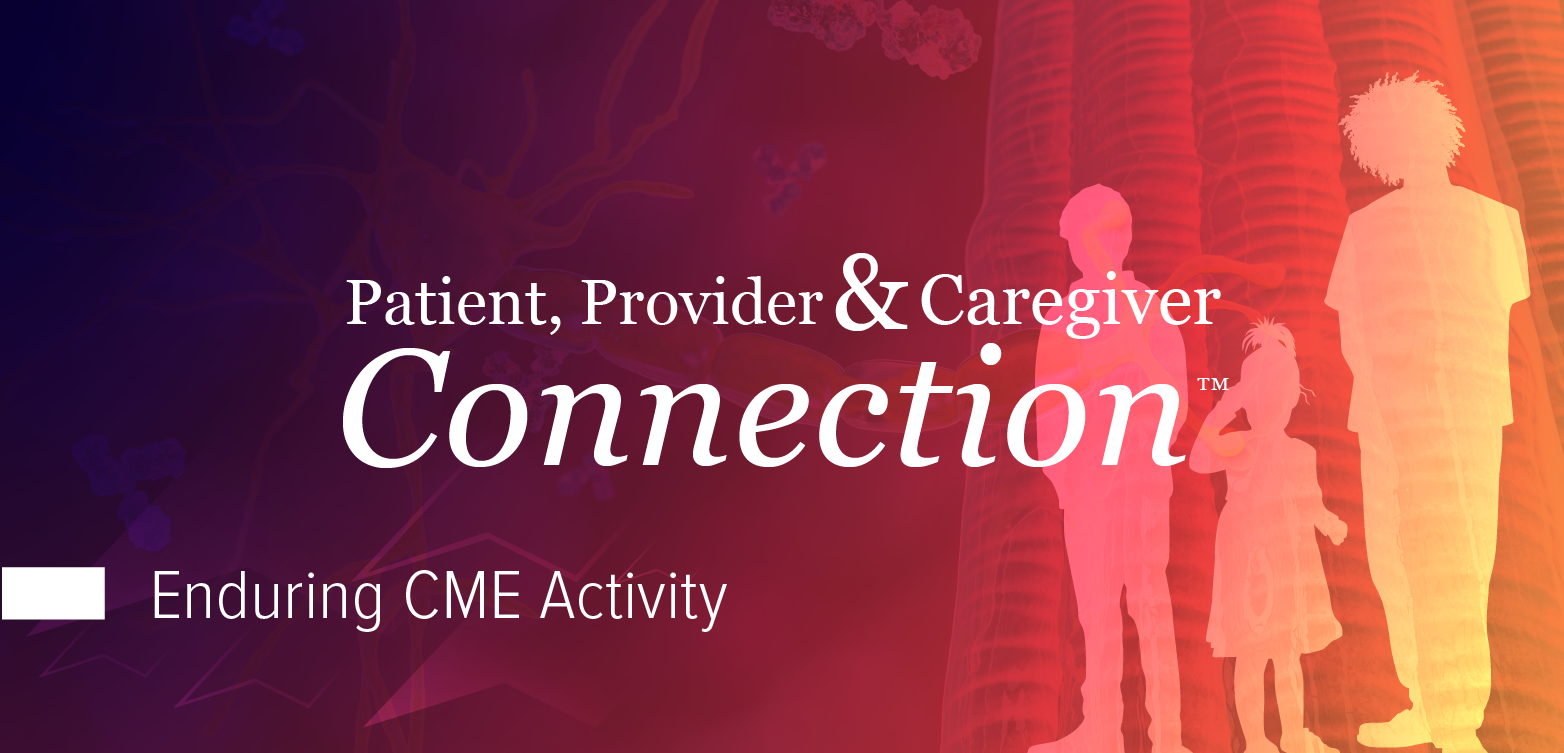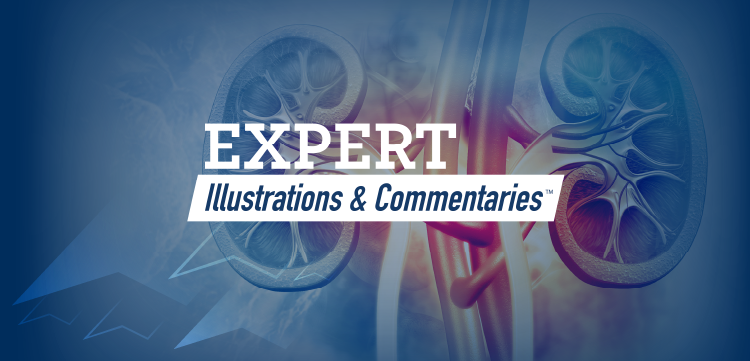
Mifepristone Reduced HbA1c, Body Weight in Adults with Hypercortisolism and Inadequately Controlled T2D: CATALYST Trial Treatment Phase
ADA 2025: Mifepristone lowered HbA1c levels by about 1.5% over 24 weeks vs placebo among participants with hypercortisolism and inadequately controlled T2D.
In people with hypercortisolism and inadequately controlled
In part 1 of the
“Approximately one-quarter of people with type 2 diabetes who do not meet glycemic targets despite treatment with multiple medications may have endogenous hypercortisolism. We wanted to understand whether mifepristone treatment may lower HbA1c in these individuals,” researchers wrote.1
Participants were randomized in a 2:1 ratio to receive mifepristone (300–900 mg daily) or placebo for 24 weeks. The primary endpoint was change in HbA1c from baseline at week 24. The results showed that mifepristone reduced HbA1c by a least squares mean (LSM) difference of -1.32% (95% CI, –1.81 to –0.83; P < .001) compared with placebo. Baseline HbA1c was 8.55% on average, and the reduction was consistent across subgroups with and without adrenal imaging abnormalities.1
Secondary outcomes included reductions in body weight and waist circumference, with mifepristone-treated participants experiencing a decrease of approximately 1.5 kg/m2 and 5.2 cm, respectively (both P < .05) vs placebo.1
“Many people with type 2 diabetes do not respond adequately to conventional
Adverse events were common but manageable; over 90% of participants on mifepristone experienced treatment-emergent adverse events, chiefly hypokalemia, fatigue, nausea, vomiting, headache, peripheral edema, diarrhea, and dizziness. Notably, hypokalemia occurred in 29.7% of mifepristone-treated participants and was defined as potassium <3.6 mmol/L. Blood pressure increases were also observed, consistent with known effects.1
The tolerability profile was acceptable, although discontinuation rate was higher in the mifepristone group (46%) versus placebo (18%). Despite some adverse effects, the findings suggest mifepristone as a potentially effective therapy for a subset of patients with difficult-to-control T2D associated with biochemical hypercortisolism.1
The authors conclude that screening for hypercortisolism in patients resistant to conventional glucose-lowering regimens is warranted, as cortisol-directed therapy offers a new avenue to improve glycemic control in this population. Longer-term studies are required to further evaluate safety and efficacy.1
References:
1. Buse JB, DeFronzo RA, Fonseca V, et al. Inadequately controlled type 2 diabetes and hypercortisolism: Improved glycemia with mifepristone treatment. Diabetes Care. Published online July 23, 2025. doi:10.2337/dc25-1055
2. Jennings S. One-Quarter of Adults with Difficult-to-Control T2D have Hypercortisolism, According to New Data. Patient Care Online. June 26, 2024.
3. Corcept presents data from treatment phase of CATALYST trial at American Diabetes Association’s 85th Scientific Sessions with simultaneous publication in Diabetes Care. Corcept Therapeutics. News release. June 23, 2025. Accessed June 24, 2025.
Newsletter
Enhance your clinical practice with the Patient Care newsletter, offering the latest evidence-based guidelines, diagnostic insights, and treatment strategies for primary care physicians.



























































































































































































































































































